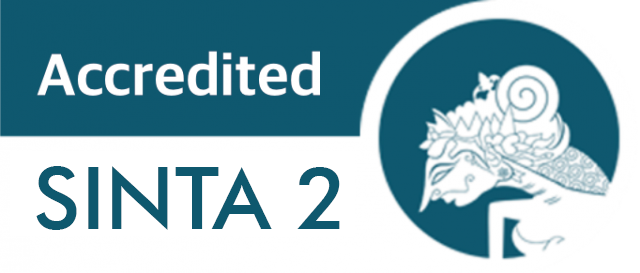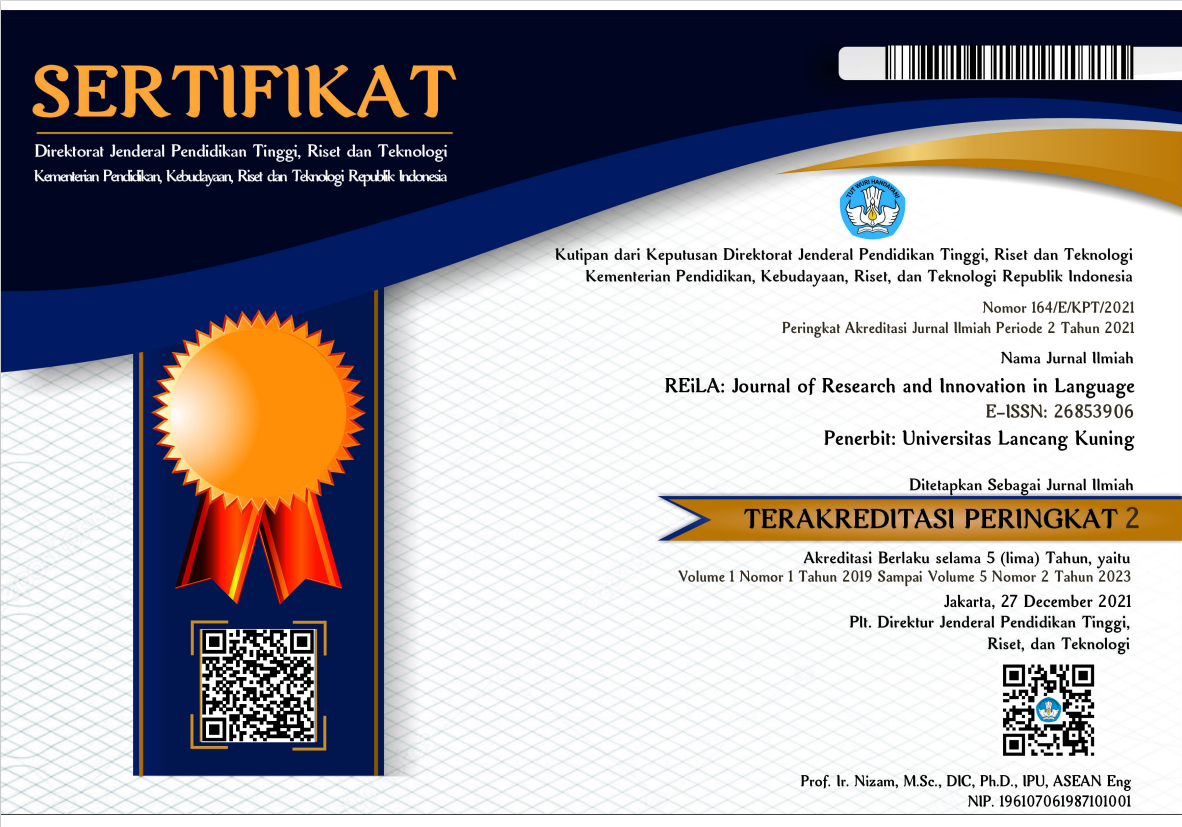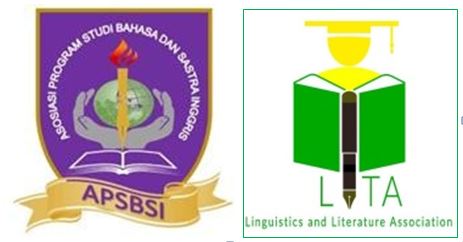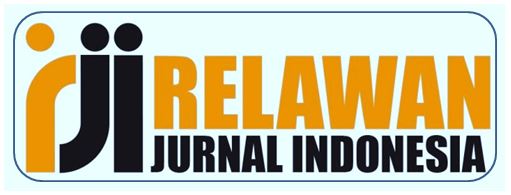English Language Teachers' Perceptions and Practices on Learner Autonomy in Nepalese Context
Abstract
Learner autonomy is the ability and responsibility of learners to take control of their learning. Motivation, the chance to work independently and/ or collaboratively, access to the internet and library, and challenging tasks promote learner autonomy. This study explores English language teachers' perceptions and practices on learner autonomy and finds the difference in the perceptions and practices by their sex, level, qualification, and type of school they teach. One hundred thirty-three (133) teachers teaching at Tulsipur Sub-metropolitan Dang, Nepal, were selected using the fishbowl technique. Data drawn with the questionnaire's help were analysed via univariate (frequency, percentage, and median) and bivariate (t-test and Cohen's d) analysis. From the analyses, it was found that English language teachers teaching at different levels are aware of the what, why, and how of learner autonomy, and they promote learner autonomy by engaging and encouraging students to be involved in the tasks which promote learner autonomy. Perceptions on learner autonomy do not differ by their sex, level, qualification, and type of school they teach. Likewise, practices on learner autonomy also do not differ by the sex and level of the teachers, but their practices differ by the type of school where they teach and their qualification.
Downloads
References
Asmari, A. A. (2013). Practices and prospects of learner autonomy: Teachers’ perceptions. English Language Teaching, 6(3), 1-10. doi:10.5539/elt.v6n3p1
Balçıkanlı, C. (2010). Learner autonomy in language learning: Student teachers’ beliefs. Australian Journal of Teacher Education, 35(1) 90- 103. http://dx.doi.org/10.14221/ajte.2010v35n1.8
Benson, P. (2011). Teaching and researching autonomy (2nd ed.). London: Pearson Education.
Benson, P., & Voller, P. (1997). Autonomy and independence in language learning. London: Longman.
Borg, S., & Al-Busaidi, S. (2012). Learner autonomy: English language teachers’ beliefs and practices. London: British Council.
Borg, S., & Alshumaimeri, Y. (2019). Language learner autonomy in a tertiary context: Teachers’ beliefs and practices. Teaching Research, 23(1), 9–38. doi: 10.1177/1362168817725759
Bozkurt, N. & Arslan, F. Y. (2018). Learner autonomy in language learning: Syrian refugee EFL learners’ perceptions and readiness. Multidisciplinary Journal of Educational Research, 8(2), 115- 145. doi: 10.17583/remie.2018.3028
Chan, V., Spratt, M., & Humphreys, G. (2002). Autonomous language learning: Hong Kong tertiary students’ attitudes and behaviors. Evaluation & Research in Education, 16(1), 1-18. doi.10.1080/09500790208667003
Dam, L. (2011). Developing learner autonomy with school kids: Principles, practices, results. In D. Gardner (Ed.). Fostering Autonomy in Language Learning (pp. 40-51). Gaziantep: Zirve University. Retrieved from http://ilac2010.zirve.edu.trLeni Dam
Dickinson, L. (1987). Self-Instruction in language learning. Cambridge: Cambridge University Press.
Joshi, K.R. (2011). Learner perceptions and teacher beliefs about learner autonomy in language learning. Journal of NELTA, 16(1-2), 13-29.
Kumaravadivelu, B. (1994). The postmethod condition:(E) merging strategies for second/foreign language teaching. TESOL quarterly, 28(1), 27-48.
Little, D. (1995). Learning as dialogue: The dependence of teacher autonomy on learner autonomy. System, 23(2), 175-181.
Najeeb, S. S. R. ( 2013). Learner autonomy in language learning. Procedia - Social and Behavioral Sciences, 70, 1238 – 1242. doi: 10.1016/j.sbspro.2013.01.183
Nakata, Y. (2011). Teachers’ readiness for promoting learner autonomy: A study of Japanese EFL high school teachers. Teaching and Teacher Education, 27(5), 900–910.
Neupane, M. (2010). Learner autonomy: Concept and considerations. Journal of NELTA, 15(1-2). 114-120.
Reinders, H., & Lazaro, N. (2011). Beliefs, identity and motivation in implementing autonomy: The teachers’ perspective. In G. Murray, X. Gao, & T. Lamb (Eds.), Identity, motivation, and autonomy in language learning (pp. 125–142). Bristol: Multilingual Matters.
Xhaferi, B., & Xhaferi, G. (2011). Developing learner autonomy in higher education in Macedonia. Procedia Social and Behavioral Sciences, 11, 150-154. doi:10.1016/j.sbspro.2011.01.051
Yagcioglua, O. (2015). New approaches on learner autonomy in language learning. Procedia - Social and Behavioral Sciences, 199, 428 – 435. doi: 10.1016/j.sbspro.2015.07.529
Zhang, L.X., & Li, X.X. (2004). A comparative study on learner autonomy between Chinese students and west European students. Foreign Language World, 4, 15-23.










